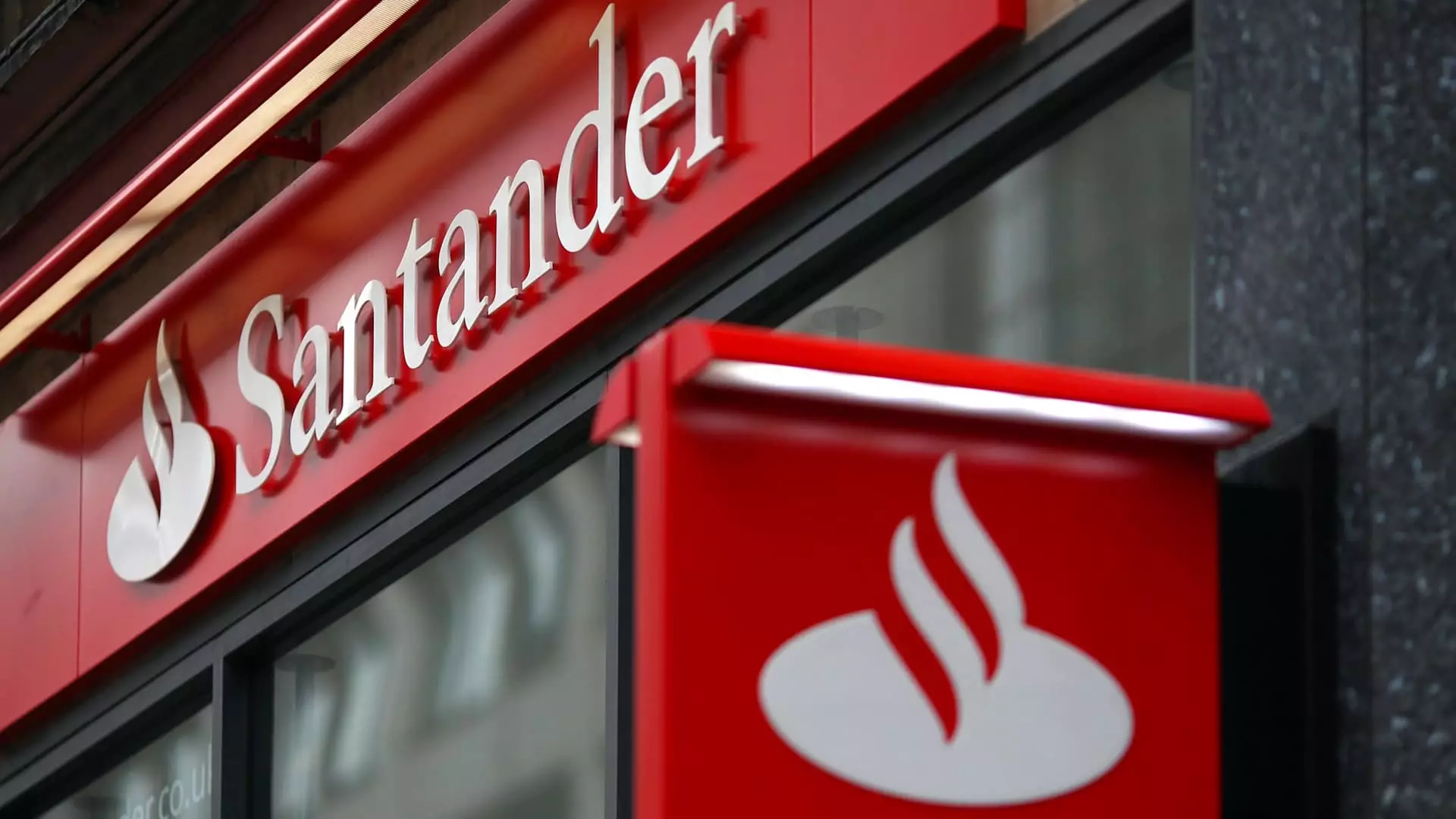In a move that signals unwavering confidence in its long-term vision for the UK market, Santander’s acquisition of TSB Bank marks a pivotal shift from speculation and doubt to strategic assertiveness. For months, the bank faced lingering doubts over its commitment to Britain, with murmurs of potential exits and downsizing plans clouding its reputation. Yet, by choosing to acquire TSB for a substantial £2.65 billion, Santander not only dispels those doubts but also sends a resolute message about its strategic priorities. The deal underscores Santander’s belief that the UK remains an integral component of its global strategy, despite recent profitability pressures and sectoral headwinds.
This decision exemplifies a calculated move rooted in both financial pragmatism and geopolitical acuity. The all-cash nature of the deal highlights Santander’s confidence in its ability to generate attractive returns—projected at over 20%—and further embed itself within the competitive landscape of the UK banking sector. It is a demonstration that, rather than retreat, Santander aims to reinforce its presence through targeted acquisitions that align with its overarching goal of diversification and resilience in challenging economic environments.
Strategic Significance of the Acquisition in a Volatile Banking Environment
The UK banking market has long been a fertile ground for international players eager to expand their footprint. Santander’s entry into Britain in 2004, through the purchase of Abbey National, was a significant milestone. Over the years, the bank’s operations have evolved, yet recent years exposed vulnerabilities—particularly in profitability, where pre-tax earnings declined sharply. The announcement of branch closures and layoffs earlier this year fueled speculation about the bank’s commitment to the UK. However, the TSB acquisition flips the narrative, positioning Santander not as a disengaging player but as a strategic consolidator.
The importance of the UK in Santander’s global portfolio cannot be overstated. As CFO Jose Garcia Cantera emphasized, the UK provides a high-quality, low-risk business environment that complements the bank’s international diversification strategy. Sterling-denominated assets and stability serve as a risk buffer, sharpening Santander’s ability to weather European and global financial crises. The acquisition exemplifies a shrewd recalibration—moving away from short-term profitability hiccups to reinforce a long-term, layered approach to growth and risk management.
Moreover, this deal also appears as a defensive maneuver against potential hostile takeover attempts by rivals like BBVA. Sabadell’s desire to fend off BBVA’s overtures through strategic sale underscores the complex dynamics within Spanish banking. The TSB acquisition, therefore, becomes less about immediate expansion and more about safeguarding its core assets amid a turbulent merger landscape. It’s a tactical play that benefits Santander by acquiring a well-established British brand and bolstering its market share—while simultaneously complicating BBVA’s ambitions.
The Political and Regulatory Dimensions: A Balancing Act
The deal’s success hinges on navigating Spain’s regulatory environment and the intricate political landscape in Catalonia, where Sabadell is based. While the Spanish antitrust authority has greenlit the acquisition, the broader political context involves tensions between Madrid and Catalan regional authorities. The Spanish government’s initial resistance, citing concerns about job losses, reflects the delicate balance it must strike between fostering economic consolidation and safeguarding regional interests.
European regulators, meanwhile, have played a constructive role in emphasizing the importance of unimpeded banking mergers. The European Commission’s statement advocating for free rein in consolidation processes reinforces a broader European banking integration agenda, which Banco Santander’s strategic positioning aligns with. By securing regulatory approval, Santander not only advances its own interests but also models a corporate approach that values cooperation over confrontation.
Yet, the political nuances in Spain—particularly debates over regional independence and economic autonomy—could influence how further consolidations unfold. Santander’s unwavering push into the UK, a region where it can operate with relative independence from domestic political turbulence, reflects its strategic foresight in managing these complexities. This move signals an intent to operate beyond regional shoves and political disputes, establishing stability through tangible assets and clear strategic priorities.
Implications for the Broader Banking Sector and Competitive Dynamics
Santander’s bold move is set against a backdrop of heightened competition within Spanish banking—a landscape described by industry insiders as among Europe’s toughest. Weakening margins, especially in mortgage lending, challenge profitability and place banks under immense pressure to innovate and consolidate. Santander’s acquisition of TSB can be viewed as both an opportunistic expansion and a defensive shield against increasingly aggressive competitors.
The deal also reshapes competitive dynamics in the UK, where TSB’s relatively strong domestic presence complements Santander’s existing assets. By integrating TSB, Santander enhances its market share, improves economies of scale, and positions itself more favorably against local and global rivals. Furthermore, the deal could influence other institutions to rethink their strategies about consolidation and growth—potentially sparking a wave of M&A activity across Europe.
From an investor’s perspective, Santander’s strategic boldness demonstrates a belief in long-term value creation over short-term beats. The projected improvement in return on tangible equity to 16% by 2028 suggests confidence that this investment will bolster profitability and stability. The bank’s aggressive yet calculated move indicates that, despite current sector headwinds, Santander remains committed to maintaining its status as a formidable force in European banking.
In essence, Santander’s acquisition is a testament to its resilience, strategic clarity, and ambition—qualities that may well define its trajectory for years to come. It is a demonstration that even in uncertain times, boldness combined with strategic focus can turn challenges into opportunities for growth and dominance.

